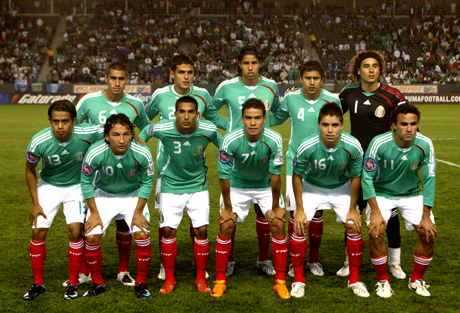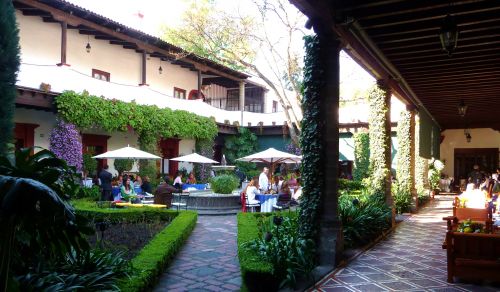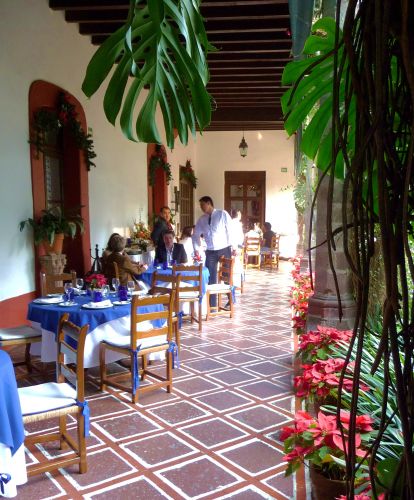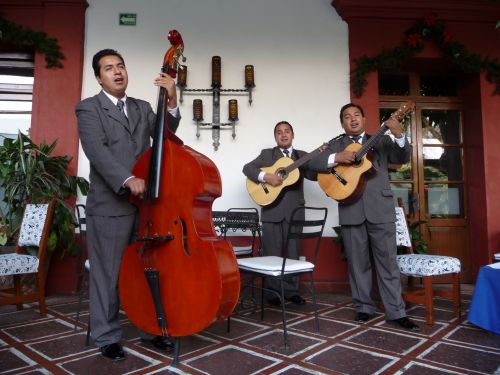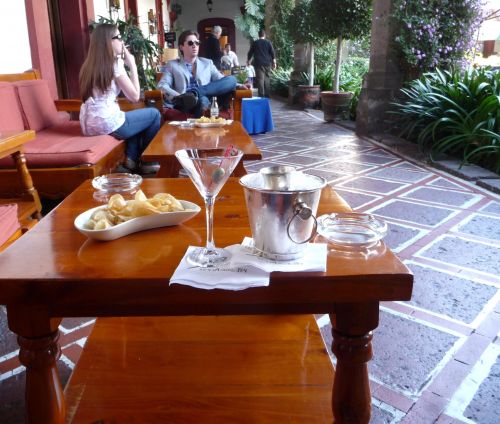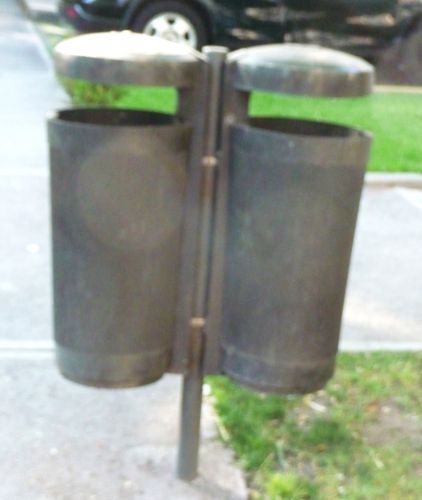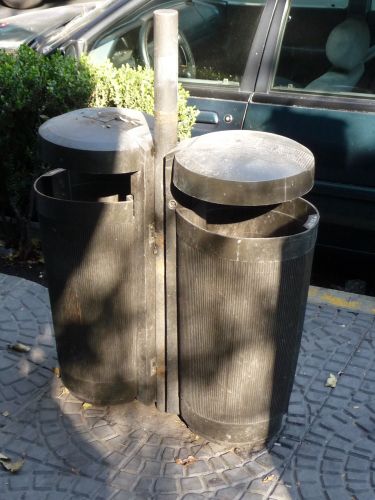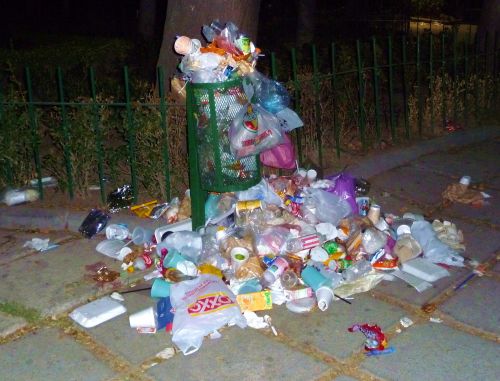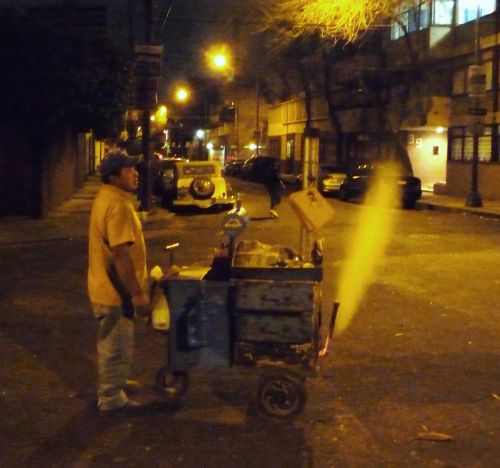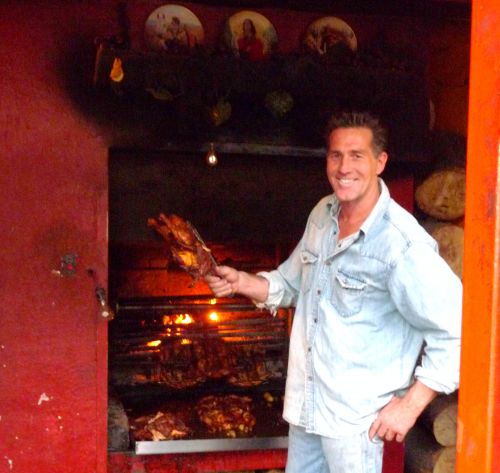Those who have read "Winners," the chapter in my book First Stop in the New World about soccer fans in Mexico City, understand that I basically know nothing about the sport, and could hardly care less, which makes me quite the anomaly here. Last Wednesday night at about 8 pm, I got into a taxi and, as I often do, asked the driver how life was treating him.
"De la chingada," he said, which could be loosely translated as ... let's just say I'm sparing the children here, if any of them read this blog.
"Why?" I asked. "What's the matter?"
"We lost against the United States," he said. "Two to nothing." It had been a qualifying match for next year's World Cup.
I feigned surprise. "How could that happen?" I asked. "Aren't the Mexicans much better players than the gringos?"
"You're from Europe, right?" he asked.
"Yes," I said. "I'm French." Immediately I started to release the letter "R" from the back of my throat, and stress the last syllables of most words. (I wasn't trying to be a smartass. Mexicans tend to take soccer very seriously, even moreso when the U.S. is involved. I didn't want him to make me get out and walk if he found out I was a gringo.)
However, he went into a rant that had nothing to do with the gringos. Instead he complained about how badly the Mexicans play; about how there are too many foreigners on the national team; about how Sven-Goran Eriksson, the team's Nordic coach, doesn't know what he is doing; about the absence of teamwork among the players.
The driver, in fact, said that the U.S. was playing better than ever. Perhaps because he had a "Frenchman" in his taxi, he added that this was because there are so many Europeans on the team. He waxed rhapsodic about Zidaine.
He sighed and said what they always say around here when Mexico screws up a game: "We played like never before and lost like we always do."
